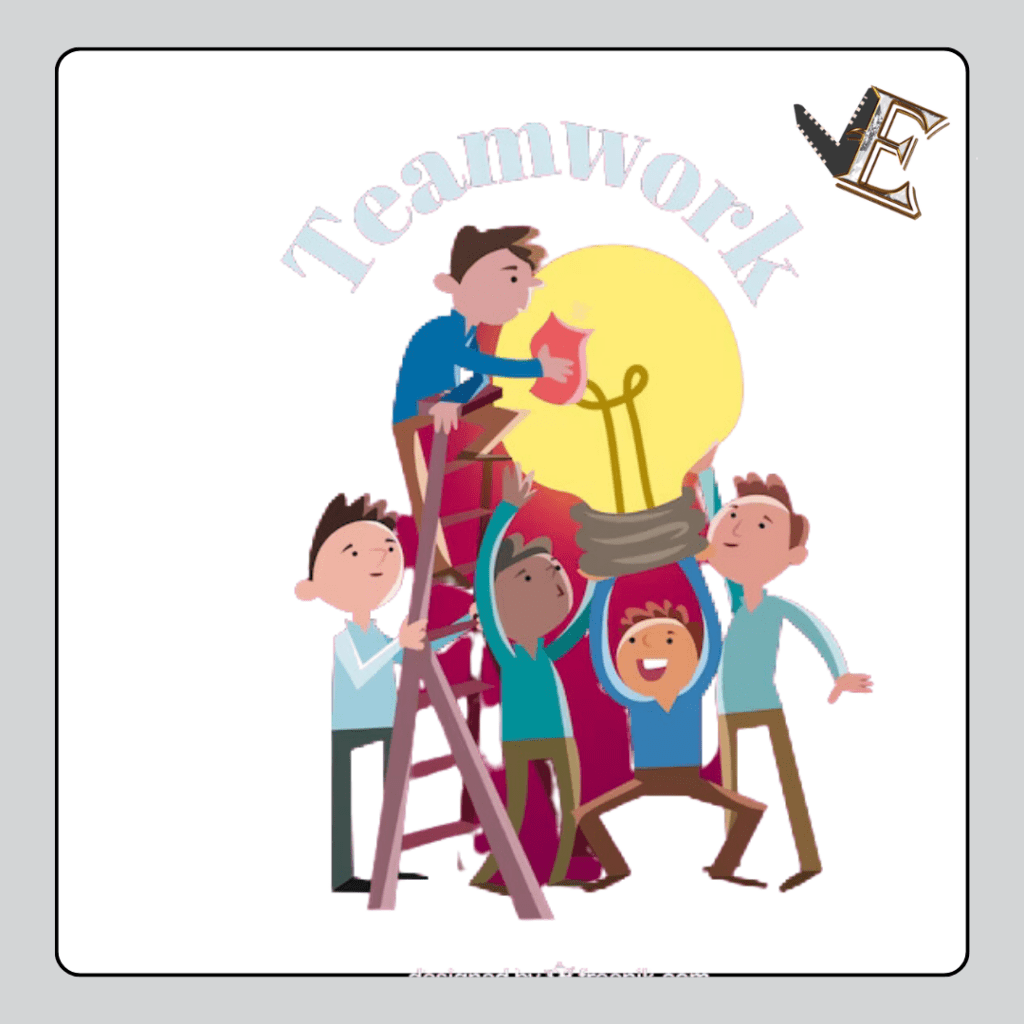Effective team dynamics posses to promote collaboration, diversity, trust, and goal alignment. Discover how these dynamics contribute to high-performing teams and organizational success. In today’s fast-paced and competitive business landscape, the concept of effective team dynamics has emerged as a crucial determinant of an organization’s success.
In this article, we will delve into the concept of effective team dynamics, and its importance, and provide you with real-life examples to showcase how it can lead to a thriving work environment.
What is Effective Team Dynamics?
Effective team dynamics refer to the interactions, relationships, and collaborative efforts among team members that contribute to the achievement of shared goals. It involves clear communication, mutual respect, trust, and a shared understanding of roles and responsibilities. A team with strong dynamics not only leverages each member’s strengths but also addresses conflicts and challenges constructively.
Importance of Effective Team Dynamics
The significance of effective team dynamics cannot be overstated. Here are some key reasons why fostering such dynamics is crucial:
- Enhanced Productivity: Teams that function seamlessly tend to be more productive. When members understand their roles and collaborate efficiently, tasks are completed more swiftly and with higher quality.
- Innovation and Creativity: Effective team dynamics encourage open communication and the sharing of diverse perspectives. This leads to innovative solutions and creative problem-solving.
- Employee Satisfaction and Retention: A positive team environment boosts employee morale and job satisfaction. Happy employees are more likely to stay with the organization, reducing turnover rates.
- Conflict Resolution: Teams with healthy dynamics are better equipped to handle conflicts. Open dialogue and mutual respect help resolve disagreements without escalating tensions.
- Overall Success: Organizations with teams that work well together achieve better results. Effective team dynamics contribute to the company’s overall success and growth.

Would you like to learn about employee recognition?
Real Life Examples of effective team dynamics
Let’s explore some examples of organizations that have successfully cultivated effective team dynamics:
1. Google
Google is renowned for its collaborative work culture. Teams at Google are encouraged to share ideas freely and engage in open discussions. This approach led to the creation of innovative products like Google Maps and Gmail. Google’s 20% time policy, where employees can dedicate a portion of their work hours to personal projects, fosters creativity and empowers team members to explore their passions.
2. Pixar
The animation giant Pixar is another prime example of effective team dynamics. Their “Braintrust” concept brings together key creative minds to provide feedback and refine projects. This collaborative approach has resulted in numerous critically acclaimed films, demonstrating how a cohesive team can bring imagination to life.
3. Zappos
Zappos, an online shoe and clothing retailer, places a strong emphasis on its company culture. Team members are encouraged to express their individuality and engage in team-building activities. This has created a sense of unity and camaraderie among employees, leading to exceptional customer service and business success.
Examples of Effective Team Dynamics
In this article, we’ll explore 20 real-world examples of effective team dynamics that contribute to high-performing teams.
Collaboration and Communication
1. Open and Transparent Communication
A team that communicates openly shares ideas, feedback, and information. This transparency fosters trust and ensures everyone is on the same page.
2. Active Listening
Team members practice active listening, valuing each other’s opinions and insights. This promotes mutual understanding and reduces misunderstandings.
3. Regular Team Meetings
Scheduled team meetings keep everyone informed about progress, challenges, and goals. These meetings provide a platform for brainstorming and aligning efforts.
4. Clear Roles and Responsibilities
Clearly defined roles and responsibilities help prevent confusion and conflicts. This clarity enhances efficiency and accountability.
Diversity and Inclusion
5. Diverse Skill Sets
Teams with members possessing diverse skill sets complement each other’s strengths and weaknesses, leading to well-rounded problem-solving.
6. Inclusive Decision-Making
Inclusion in decision-making empowers team members and brings fresh perspectives to the table, enhancing the quality of choices made.
7. Cultural Awareness
In global teams, cultural awareness fosters respect and understanding, leading to harmonious collaboration across different backgrounds.
Adaptability and Flexibility
8. Agile Approach
Embracing an agile approach allows teams to adapt to changing circumstances quickly, enabling them to stay effective in dynamic environments.
9. Resilience
Teams that bounce back from setbacks and learn from failures showcase resilience, inspiring each other to persevere in challenging times.
10. Continuous Learning
A culture of continuous learning encourages team members to develop new skills, enhancing the team’s overall capabilities.
Trust and Support
11. Mutual Trust
Trust is the foundation of strong team dynamics. When team members trust each other, they collaborate more effectively and take calculated risks.
12. Constructive Feedback
Teams that provide and receive constructive feedback create an environment of improvement and growth, leading to higher performance levels.
13. Emotional Support
Offering emotional support during both personal and professional challenges builds strong bonds and boosts team morale.
Goal Alignment
14. Shared Vision
A shared vision aligns team members’ efforts towards a common goal, driving motivation and a sense of purpose.
15. SMART Goals
Setting Specific, Measurable, Achievable, Relevant, and Time-bound (SMART) goals ensures clarity and focus on what needs to be achieved.
16. Regular Progress Tracking
Tracking progress regularly allows teams to identify potential issues early and make necessary adjustments to stay on course.

Examples of Effective Team Dynamics
| Dynamics Area | Example |
|---|---|
| Collaboration and Communication | Open and Transparent Communication |
| Active Listening | |
| Regular Team Meetings | |
| Clear Roles and Responsibilities | |
| Diversity and Inclusion | Diverse Skill Sets |
| Inclusive Decision-Making | |
| Cultural Awareness | |
| Adaptability and Flexibility | Agile Approach |
| Resilience | |
| Continuous Learning | |
| Trust and Support | Mutual Trust |
| Constructive Feedback | |
| Emotional Support | |
| Goal Alignment | Shared Vision |
| SMART Goals | |
| Regular Progress Tracking |
In today’s competitive business landscape, effective team dynamics are a cornerstone of success. Organizations that invest in building cohesive, collaborative, and communicative teams reap the rewards of higher productivity, innovation, and employee satisfaction. Real-life examples from companies like Google, Pixar, and Zappos illustrate the transformative power of fostering effective team dynamics. By prioritizing open communication, mutual respect, and a shared sense of purpose, any organization can pave the way for a brighter and more prosperous future.


2 thoughts on “What are examples of effective team dynamics?”